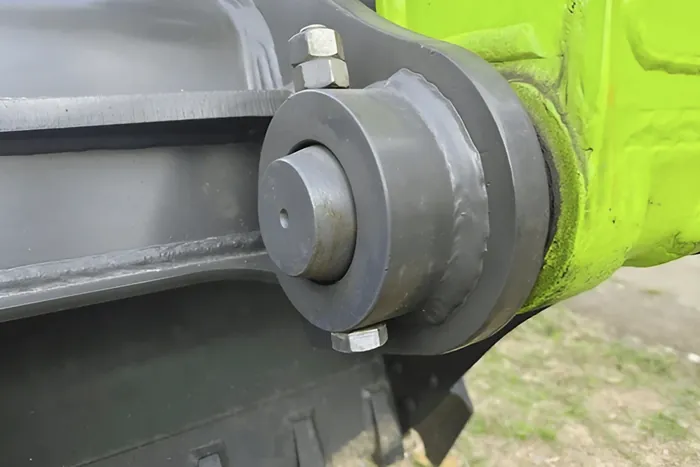Understanding Excavator Linkage

excavator linkage plays a pivotal role in the functionality and efficiency of Excavators, which are essential machines in construction, mining, and various other industries. Linkage systems in excavators are intricate arrangements of components that facilitate the movement of the bucket, boom, and arm, enabling precise digging, lifting, and dumping operations. This article provides a comprehensive overview of Excavator Linkage from a professional standpoint, exploring its components, functions, types, and significance in heavy machinery operations.
Components of Excavator Linkage:
Excavator linkage typically consists of several key components, including the boom, arm, bucket, and various connecting rods and cylinders. The boom is the primary structural element that extends vertically from the excavator's chassis, providing support and elevation for other components. Connected to the boom is the arm, which extends horizontally and supports the bucket. The bucket is the attachment responsible for digging, lifting, and carrying materials.
Functions of Excavator Linkage:
The primary function of excavator linkage is to enable the controlled movement of the bucket for excavation tasks. The linkage system converts the hydraulic power generated by the excavator's engine into mechanical motion, allowing for precise manipulation of the bucket's position, angle, and depth. By coordinating the movement of the boom, arm, and bucket, operators can perform various digging and loading operations with accuracy and efficiency.
Types of Excavator Linkage:
Excavator linkage systems can vary in design and configuration depending on the specific requirements of the application. One common classification is based on the arrangement of the boom and arm. Excavators may feature either mono-boom or articulated boom configurations. Mono-boom excavators have a single, straight boom, whereas articulated boom excavators have a hinged boom that enables greater flexibility and reach. Additionally, excavators may utilize different types of bucket linkage, such as direct linkage or linkage with intermediate bars, each offering distinct advantages in terms of digging force, reach, and stability.
Significance of Excavator Linkage:
The efficiency and performance of excavators rely heavily on the functionality of their linkage systems. Well-designed linkage arrangements contribute to smooth and precise operation, allowing operators to complete tasks quickly and accurately. Properly maintained linkage components are essential for ensuring safety on the job site, as any malfunction or failure can pose significant risks to personnel and equipment. Additionally, advancements in linkage technology, such as the integration of electronic controls and automation systems, continue to enhance the capabilities and productivity of modern excavators.
In conclusion, excavator linkage is a critical component of heavy machinery systems, facilitating the controlled movement of buckets for excavation and material handling tasks. Understanding the components, functions, types, and significance of excavator linkage is essential for operators, technicians, and engineers involved in the design, operation, and maintenance of excavators. By leveraging this knowledge, professionals can optimize the performance, safety, and reliability of excavators in various construction and industrial applications.
Why Choose SAIVS™ as Your Supplier?
Committed to innovation and customer needs, SAIVS specializes in high-quality machinery components for diverse industries like construction, mining, and agriculture. They offer a wide range of parts, including undercarriage components for popular brands, ensuring optimal performance and durability. values customer satisfaction, providing competitive prices, fast shipping, and exceptional service to keep your operations running smoothly.